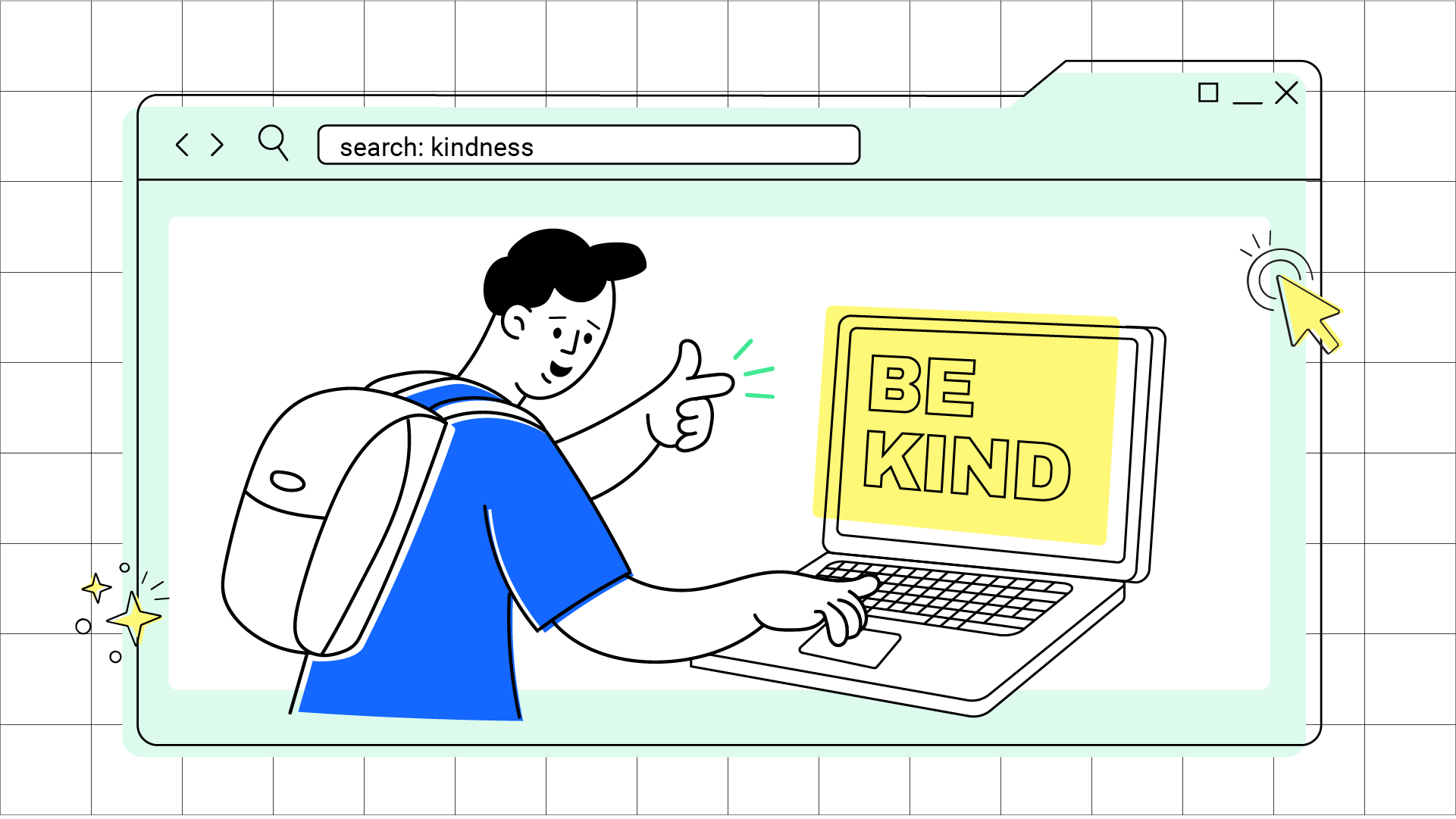Understanding and Addressing Student Behavior: A Guide for Educators
As educators, understanding students' behavior is crucial for creating a positive and productive learning environment. The science of behavior offers insights into the factors that predict and explain why behaviors, including disruptive behavior, occur. By applying this science, we can develop practices that encourage healthy and positive behaviors while reducing inappropriate and challenging behaviors. Let's explore the importance of understanding behavior, the dimensions that define disruptive behavior, and some reflection questions to help educators implement intentional strategies in their classrooms.
Download our Student Behavior Checklist
Why Understanding Behavior is Important
-
Effective Strategy Creation: Understanding behavior allows us to create and implement effective strategies to prevent disruptive behaviors before they occur. This proactive approach is essential for maintaining a conducive learning environment.
-
Teaching Replacement Behaviors: With insights into why a behavior happens, educators can teach skillful replacement behaviors. These alternatives meet the student's needs in a more appropriate manner, promoting a positive classroom atmosphere.
-
Responsive Interventions: By understanding the function of behavior, educators can respond more effectively after a behavior incident. This ensures that interventions are supportive and constructive, rather than punitive.
The Core Assumption of Behavioral Science
The science of human behavior operates on one core assumption: all behavior is directly related to the environment in which it occurs. This means that behavior is influenced by the context and conditions surrounding the individual. As educators, recognizing this relationship helps us modify the environment to support positive behaviors.
Learn about our On Demand Professional Development Courses
What Makes a Behavior a Problem?
A behavior is considered problematic when there is a discrepancy between what is expected and what individual students are actually doing. This gap can lead to negative outcomes for the individual or others. Importantly, the person isn’t the problem; the discrepancy is. Understanding and defining this discrepancy is the first step in addressing problem behaviors effectively. By identifying these gaps, we can implement best practices in different ways, and teach disruptive students new skills to bridge the gap between expected and actual behavior.
Reflecting on Behavior Expectations
Classroom expectations come from adults and are often influenced by our own experiences and biases. Sometimes, these expectations may not align with a student's developmental stage. Reflecting on and adjusting these expectations can help create a more supportive and realistic environment for the entire class. When behavior expectations are appropriately aligned, it paves the way for effective behavior intervention plans and additional support from school personnel.
Download our Student Behavior Checklist
Reflection Questions for Educators
To help educators implement intentional strategies in their schools and classrooms, here are five reflection questions:
-
Understanding the Purpose of Behavior:
- How can I use the science of behavior to identify the underlying reasons for a student's disruptive or inappropriate behavior rather than just focusing on its outward appearance?
-
Creating Effective Prevention Strategies:
- What specific strategies can I implement to prevent problematic behaviors in my classroom, and how can I tailor these strategies to meet the individual needs of my students?
-
Teaching Replacement Behaviors:
- What skillful replacement behaviors can I teach my students to help them meet their needs in a more appropriate way, and how can I consistently reinforce these new behaviors?
-
Evaluating My Expectations:
- How do my behavioral expectations for students align with their developmental stages, and in what ways might my own experiences and biases be influencing these expectations
-
Responding to Behavior Incidents:
- After a behavior incident occurs, how can I respond in the best way that supports student learning and development, while also addressing the immediate impact on the classroom environment?
Understanding and addressing a student's behavior is a critical aspect of effective classroom management. By applying the science of behavior, educators can develop proactive strategies, teach replacement behaviors, and respond constructively to behavioral incidents. Reflecting on our expectations and the environmental factors influencing behavior allows school leaders and the entire school community to support students more effectively, creating a positive learning environment that promotes academic success. The next step for school staff is to integrate these reflections into their behavior intervention plans, ensuring a comprehensive approach to managing and improving student behavior.
.png)

